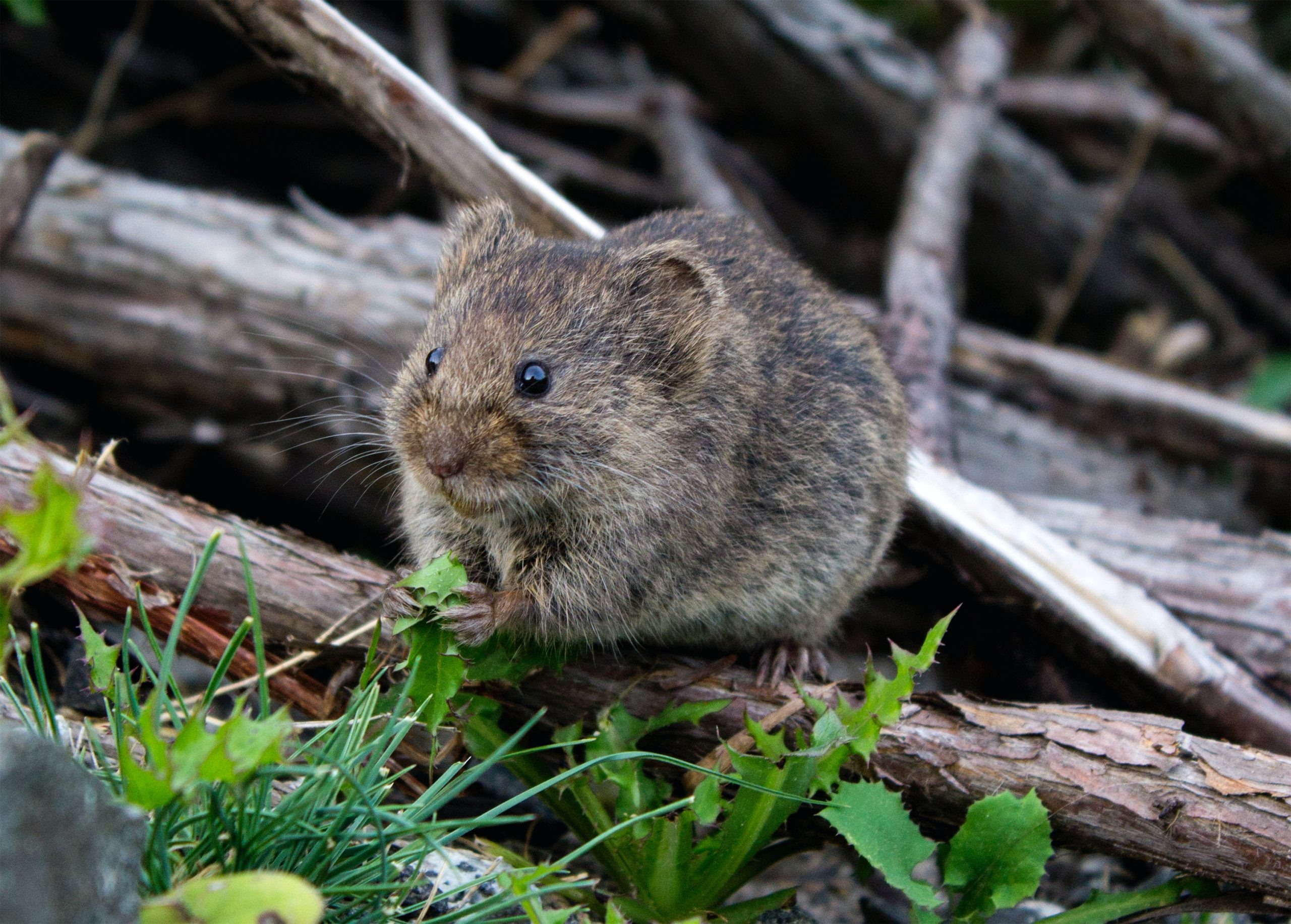Moles are small, furry mammals that are found in many parts of the world, but are particularly common in North America and Europe. Despite their small size, they play a crucial role in many ecosystems, and have fascinated people for centuries. In this article, we will take an in-depth look at moles, their habits, and their role in the environment.
Habitat and Appearance Moles are small mammals that belong to the family Talpidae. They have cylindrical bodies that are covered in soft, dense fur, and are usually dark in color. They have powerful forelimbs that are adapted for digging, and long, pointed snouts that are equipped with sharp teeth that they use to catch insects and other small prey.
Moles are found in a variety of habitats, including forests, grasslands, and wetlands. They prefer moist soil that is easy to dig through, and will often build their tunnels and burrows near sources of water.
Habits and Behaviors Moles are solitary creatures that are active throughout the year. They are primarily active at night, but will also come out during the day to forage for food. Moles are expert diggers, and will spend most of their time underground, tunneling through the soil in search of insects, worms, and other small prey.
Moles are also known for their unique breeding habits. Unlike many other mammals, moles do not have a set breeding season. Instead, they mate throughout the year, with females typically giving birth to one litter of pups each year. Moles are also known for their complex tunnel systems, which can extend for many feet underground. These tunnels serve as both a home and a source of food for the moles, and can also provide shelter for other animals.
Role in Ecosystems Moles play a crucial role in many ecosystems, particularly in the soil. By tunneling through the soil, moles help to aerate it, allowing oxygen to reach the roots of plants. They also help to break down organic matter, such as leaves and grass, which can then be used as fertilizer for other plants.
Moles are also an important source of food for many predators, including snakes, owls, and foxes. Because of their small size and burrowing habits, moles are often difficult for predators to catch, making them an important source of sustenance.
Conclusion Moles may be small and elusive, but they play a critical role in many ecosystems. Their digging habits help to aerate and fertilize the soil, and they serve as an important food source for many predators. Despite their importance, moles are often seen as pests by gardeners and farmers, who can become frustrated by the tunnels and mounds that moles create in their fields. However, by understanding the role that moles play in the environment, we can learn to appreciate these fascinating creatures for the vital role that they play in our ecosystem.




